Turkish Marbling Lesson in ISTANBUL
Ebru Lessons in Istanbul
Painting On Water: Turkish Marbling Turkish Paper marbling is a method of aqueous surface design, which can roduce patterns similar to marble or other stone, hence the name. The patterns are the result of color floated on either plain water or a viscous solution known as size, and then carefully transferred to a sheet of paper (or other surfaces such as fabric). In bru art, you can draw flower figures that are traditional from the Ottoman period BUT the things that you can be capable of by using Ebru art are unlimited. All you need is your imagination.
This decorative material has been used to cover a variety of surfaces for several centuries. It is often employed as a writing surface for calligraphy, and especially book covers and endpapers in bookbinding and stationery. Part of its appeal is that each print is a unique monoprint.
CONTEMPORARY creates design fabric marbling paper technique designs on paper, glass or on silk fabrics .
Our teacher that is shown in our pictures is Ms. Betul Senguler. She gives our group classes in Sultanahmet. For private lessons, we have one more teacher as well.
MARBLING APPLIED TO PAPER PATTERNS
Classical Types of Ebru;
1- Battal – Stone: The oldest recorded style in Ebru. It is the base of all forms in paper marbling art. The paints stay as they drop off the brush no other effect is given.
2- Gel Git – Tidal : After having a battal base, it is formed by zigzag movements parallel to the sides of the basin. This tidal movement is sometimes applied diagonally as well.
3- Şal – Shawl : Formed by an evenly spreading of two or three ‘S’ shapes on a tidal ebru in the opposite direction of the last tidal move.
4- Bülbül Yuvası – Nightingale Nest : Formed by inside to outside spiral movements next to each other on a battal ebru.
5- Taraklı – Combed : A vertically made tidal ebru is combed in the opposite direction of the last tidal movement.
6- Kumlu – Sandy : Formed by continuously dropping of low density paint on an extremely thickened basin and letting the work sit for a long time. The surface tension is high in an extremely thickened basin. The low-density paint is going to be pressured under the high tension of the surface and after a while crack and form the sandy or bony ebru.
7- Hafif – Light : Paints are diluted more than in other ebru types. Light ebru is usually used as a base to perform calligraphy.
8- Hatip – Orator : Motifs are formed by giving movement effects to the paints that are distributed evenly within each other on the surface. Colors at the background are light, motif colors are intense.
9- Dalgalı – Wavy : When the paper is moved back and forth during the marbling, the result will appear as waves on the paper. The paper can be folded, (creases point the surface) when each move contacts with a crease it will change direction and will form the waves on the paper. Waves can be formed only if the movement has a regular rhythm.
10- Neftli Battal –Turpentine: This is obtained by sprinkling paints with some added drops of Turpentine (preferably pine turpentine) onto a ‘Battal’ background. It gives a wavy appearance.
11- Somaki Battal – Porphyry: Generally made with two color. More gall is added to the second color, which squeezes the first color and creates thin veins, like marble.
12 – Serpmeli Battal – Sprayed: After any well known “Battal marbling” is made, a second color, in contrast to the background, is sprinkled is small droplets. The paint in the brush is squeezes out carefully, and some people use a special brush for sprinkling. This sprinkling may be formed in ‘Gel-Git’ – ‘ Bülbül Yuvası’ or other patterns.
13- Ak Kase – Stenciled Marbling: This is a pattern obtained by making several imprints on the same background, and popular with calligraphers. The base consist of a ‘light marbling upon which the script is written using a special fluid prepared with gum Arabic applied with a red pen or brush. Thus the surface of the light marbling is covered (insulated) by the gum Arabic. After drying, another design using darker colors is applied on the same paper: the parts covered with gum Arabic will resist the second coat and will therefore display the script. The same technique may be applied using a stencil, and other substances can be used instead of gum Arabic, for example, heavy gum tragacanth, silicone, several transparent types of glue, etc.
14- Yazılı Ebru – Script Marbling: This is obtained by writing the script with gum Arabic and then marbling the same paper, or vice versa (Leaving the script blank and applying the gum Arabic as background). Writing with gum Arabic (Transparent ink) demands particular skill, because it is very difficult to make corrections.
Modern Types of Ebru;
1- Fantazi – Fantasy 2- Kedi Gözü – Cat Eye 3- Dalgalı – Waved C- Flowered Ebru;Forms of flower motifs are applied on battal ebru. The application process is quite different from oil painting. Ebru master has to form the flowers and get the image on paper rapidly before the paint on the water start cracking. Therefore this art should not be compared with the art of painting. 1- Lale – Tulip 2- Karanfil – Carnation 3- Sümbül – Hyacinth 4- Demet Çiçek – Flower bunch 5- Renkli Menekşeler – Multicolored violet 6- Papatya – Camomile / Daisy 7- Gelincik – Poppy 8- Gül – Rose 9- Buket – Bouquet • All these different types of Ebru have their own combinations of dyes, drawing techniques and have different levels of difficulty in preparation and different methods, in general, but the equipment used is almost the same for many of these types. Through practice and passion, candidates can learn all of them and enjoy the perfection of this beautiful art.
Marbling is similar to cooking; it is impossible to give the exact recipe. Everyone has his own mixture of colors and patterns and wishes to reflect to own world.
Marbling results by the simultaneous operation of many accurate balances. Purity and application rules must be streaktly observed. The density of the gummed water and the relationships between the water and the dye, the dye and the tensioning agent (gall), the quantity of gall in the dye are all very important. It may take some time to establish such a delicate balance. But was everything is ready marbling is easily and quickly performed. Yet this property of the marbling makes it very suitable for a “therapy”.
Dyes are spopotted on the surface of the water by means of paintbrushes and according to quantities and colors desired. Dyes should not be too concentrated. Concentric, superposed drops thus applied form a pattern called “Battal”. This pattern is the origin of almost all others. Now if this basic pattern is handled by parellel lines made by a thin pencil or chip moved back and forth you obtain “the back-and-forth”. If this design is crossed out by means of a comb a “combed-pattern” is obtained. In case the “back-and-forth” is diagonally crossed again, it becomes “shawl” sample. Combed marbling may be made into back-and-forth or shawl design. When a convolute line is applied from the outer circumference towards the centre you obtain a “nightingale nest”. In the event small colorfull dots are spotted on the back-and-forth or shawl design you get the “sprinkled marbling”. If, instead, you apply larger dots (which means with higher rate of gall contents) you obtain the “prophyry marble” which resemble most to marble.
Nonetheless above patterns may be divesified by selecting one of the above as a basis and making concentric drops of different colors. Mehmet Efendi (the orator of Saint Sophia, deceased in 1973) first formed flower and other patterns, wich were subsequenly called the “Orator pattern” (Hatip ebrusu). Later on these patterns developed into flower shaped marblings.
The sheet of paper is lard from one side onto any of above designs prepared on the gummed water in the basin. Now this processing makes the dye fixed on the paper. The paper is then careflly lifted off the basin without stripping too much the gum off the surface. In classic Turkish marbling the paper taken out of the basin is not washed off. The thin layer of gum remaining on the surface forms a protective (fixing) coat. The paper is laid on a flat surface and let to dry up.
Presuming every material is made ready, the translation of the patterns made on the surface water is accomplisheed within 3-5 minutes or at most, 15 minutes. This infinity of colors and shapes quickly formed makes the marbling amazing at and fascinates the spectator (if any). It makes eveything forgotten. One evening the late calligraphy and marbling master, Necmetting Okyay started to make marbling.Some time later he heard a sound coming from the street and supposed that it was the voice of a street seller making business late in the night: to his surprise, this was the müezzin performing the morning prayer call.
About The Artists :
Betul Senguler: Our professional Ebru Artist for our group & private classes in Sultanahmet with the experience of 8 yrs in Ottoman Marbling.
** If you have any interest in learning Classical Ottoman Marble, joining a workshop, or ordering a special Turkish Marble Art Work from our teachers please call us or send us an e-mail to get more information and to get a meeting.
Russian Language ;
Занятия по турецкому мраморированию – эбру в Стамбуле
Мы являемся художественной галереей и организуем мастер-классы по традиционному турецкому, османскому мраморированию – эбру в нашей художественной галерее в Султанахмете. Занятия длятся 2 часа с нашими местными профессиональными преподавателями из Университета изящных искусств Мимара Синана в Стамбуле.
Стоимость 2-х часового урока составляет : 47.50 USD
Бронирование по интернету или по Whatsapp +905057093384
Контакт: угур шенглер
German Language ;
Türkisches Marmorieren – Ebru-Kurse in Istanbul
Wir sind eine Kunstgalerie und veranstalten in unserer Kunstgalerie in Sultanahmet traditionelle türkische, osmanische Marmorier- und Ebru-Workshops. Der Unterricht dauert 2 Stunden mit unseren professionellen Lehrern von der Mimar Sinan Fine Arts University in Istanbul.
Die Gebühr für 2 Stunden beträgt: 55 USD
Buchung online oder per Whatsapp +905057093384
Ansprechpartner: Uğur Şengüler
Arabic Language ;
الالرخامي التركي – دروس الرخامي التركي – إيبرو في إسطنبول
نحن معرض فني وننظم ورش عمل الرخامي التركي التقليدي العثماني في معرضنا الفني في السلطان أحمد. تستغرق الدروس ساعتين مع مدرسينا المحترفين المحليين من جامعة معمار سنان للفنون الجميلة في إسطنبول.
تبلغ رسوم الدرس لمدة ساعتين 55 دولار أمريكي
احجز عبر الإنترنت أو عبر واتساب +905057093384
Estonian Language ;
Türgi marmoreerimine – Ebru klassid Istanbulis
Oleme kunstigalerii ja korraldame traditsioonilisi Türgi, Ottomani marmorimise – Ebru töötubasid meie kunstigaleriis Sultanahmetis. Tunnid on 2 tundi meie kohalike professionaalsete õpetajatega Mimar Sinan Fine Arts University’st Istanbulis.
2 tunni tasu on: 47.50 USD.
Broneerimine Online või Whatsapp +905057093384
Kontakt : Uğur Şengüler
French Language ;
Cours de marbrure turque – Ebru à Istanbul
Nous sommes une galerie d’art et organisons des ateliers de marbrure traditionnelle turque, ottomane – Ebru dans notre galerie d’art à Sultanahmet. Les leçons durent 2 heures et sont données par nos enseignants professionnels locaux de l’Université des Beaux-Arts Mimar Sinan d’Istanbul.
Le prix d’une leçon de 2 heures est de 55 USD
Réservation en ligne ou par Whatsapp +905057093384
Spanish Language ;
Clases de Marmoleado Turco – Ebru en Estambul
Somos una Galería de Arte y organizamos talleres de Marmoleado Tradicional Turco Otomano – Ebru en nuestra Galería de Arte en Sultanahmet. Las lecciones son de 2 horas con nuestros profesores profesionales locales de la Universidad de Bellas Artes Mimar Sinan en Estambul.
El precio de la lección de 2 horas es de : 55 USD
Reserva en línea o por Whatsapp+905057093384
Italian Language ;
Lezioni di marmorizzazione turca – Ebru a Istanbul
Siamo una galleria d’arte e organizziamo laboratori di marmorizzazione tradizionale turca e ottomana – Ebru nella nostra galleria d’arte a Sultanahmet. Le lezioni sono di 2 ore con i nostri insegnanti professionisti locali della Mimar Sinan Fine Arts University di Istanbul.
Il costo di 2 ore di lezione è di 55 USD
Prenotazione online o tramite Whatsapp +905057093384
Contatto : Uğur Şengüler
Japanese Language ;
トルコマーブリング – イスタンブールでのエブル教室
私たちはアートギャラリーであり、スルタンアフメットにある私たちのアートギャラリーで、伝統的なトルコ、オスマントルコのマーブリング、エブルのワークショップを開催しています。レッスンは2時間で、イスタンブールのミマール・シナン美術大学出身のプロの講師が担当します。
2時間レッスン料金:55 USD
ご予約はオンラインまたはWhatsapp +905057093384 まで。
コンタクト : Uğur Şengüler
Portuguese Language ;
Aulas de marmoreio turco – Ebru em Istambul
Somos uma galeria de arte e organizamos workshops de marmoreio tradicional turco e otomano – Ebru na nossa galeria de arte em Sultanahmet. As aulas são de 2 horas com os nossos professores profissionais locais da Universidade de Belas Artes Mimar Sinan em Istambul.
O preço de 2 horas de aula é: 55 USD
Reservas online ou por Whatsapp +905057093384
Contacto : Uğur Şengüler
Greek Language ;
Τουρκικό μαρμάρισμα – Μαθήματα Ebru στην Κωνσταντινούπολη
Είμαστε μια γκαλερί τέχνης και διοργανώνουμε παραδοσιακά τουρκικά, οθωμανικά εργαστήρια μαρμάρου – Ebru στην γκαλερί τέχνης μας στο Σουλταναχμέτ. Τα μαθήματα διαρκούν 2 ώρες με τους ντόπιους επαγγελματίες δασκάλους μας από το Πανεπιστήμιο Καλών Τεχνών Mimar Sinan στην Κωνσταντινούπολη.
Το κόστος του μαθήματος των 2 ωρών είναι : 55 USD
Κράτηση μέσω Online ή μέσω Whatsapp +905057093384
Επικοινωνία: Uğur Şengüler

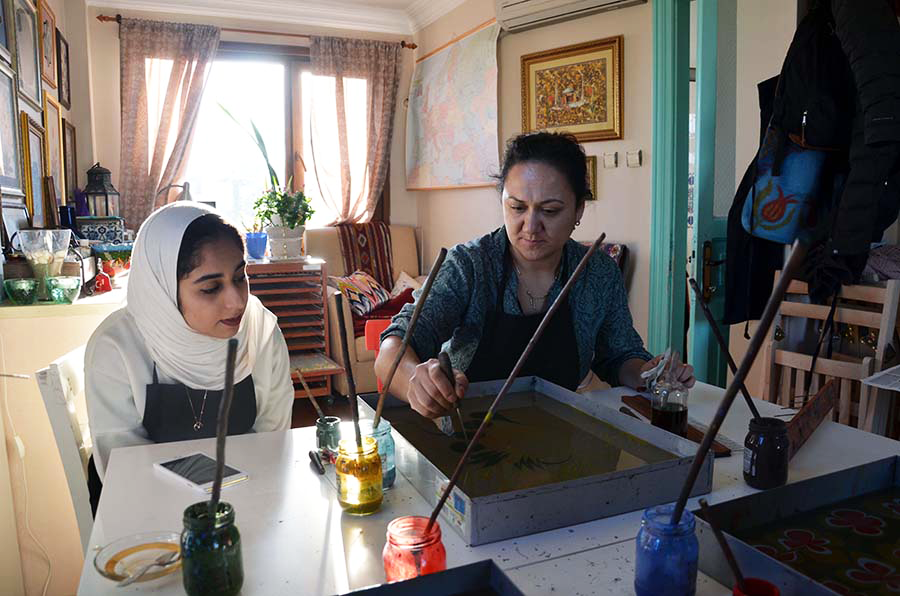


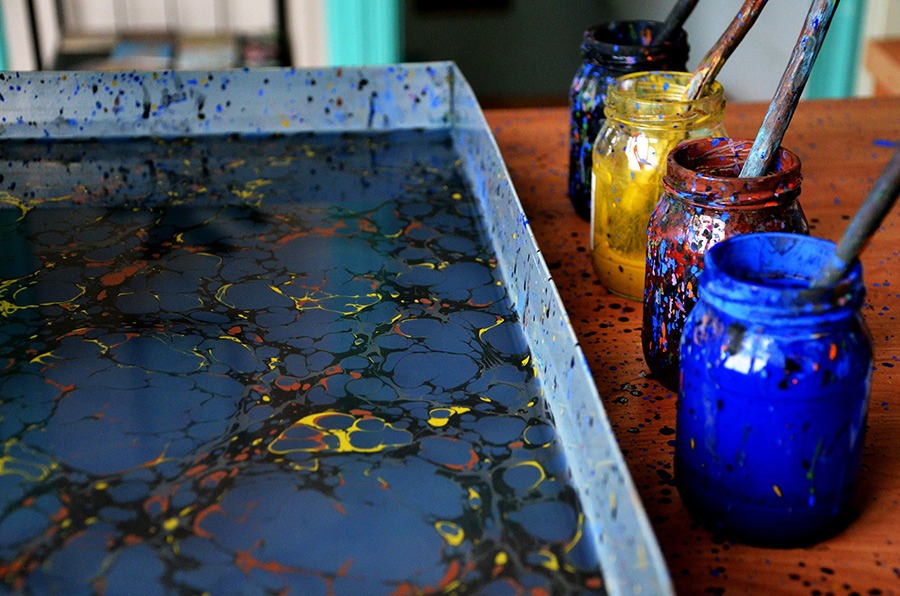
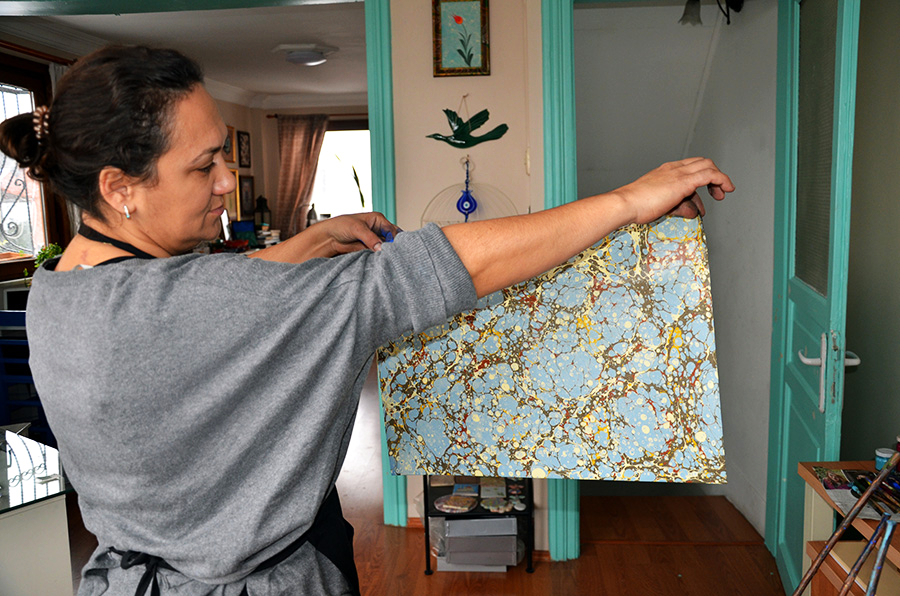
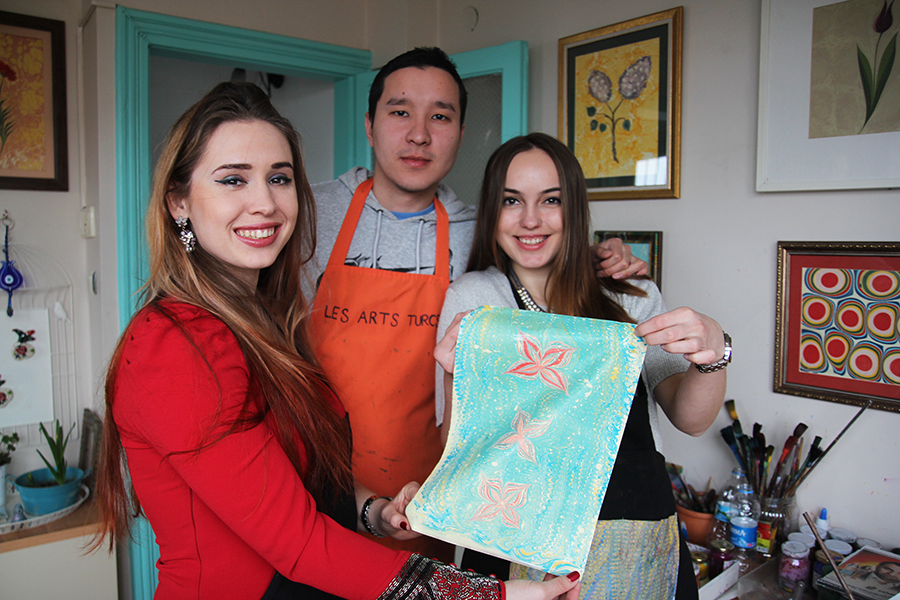
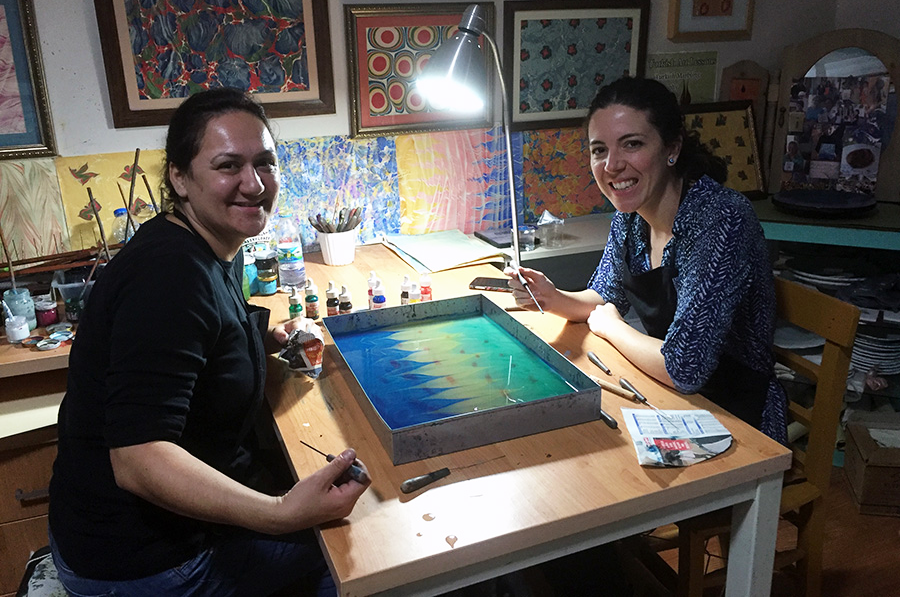
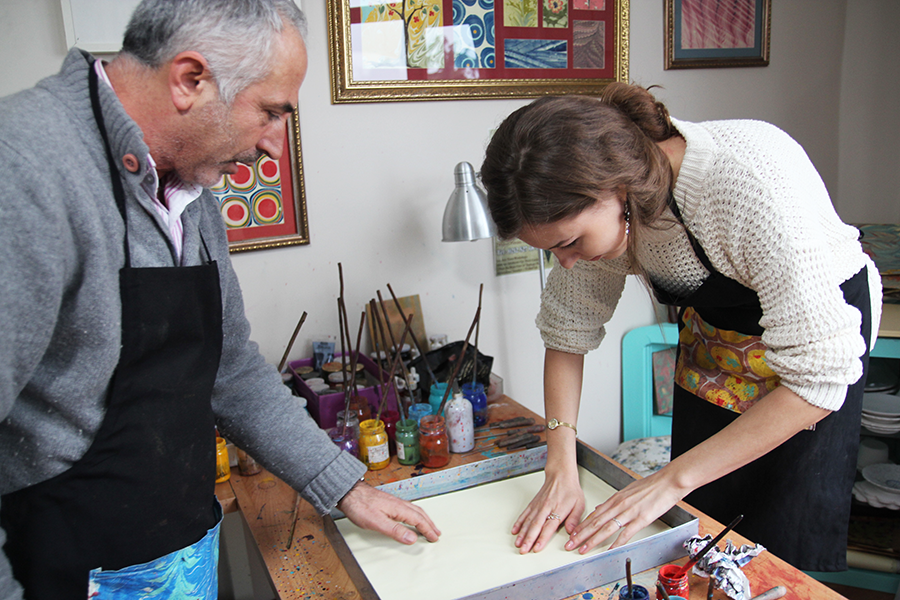



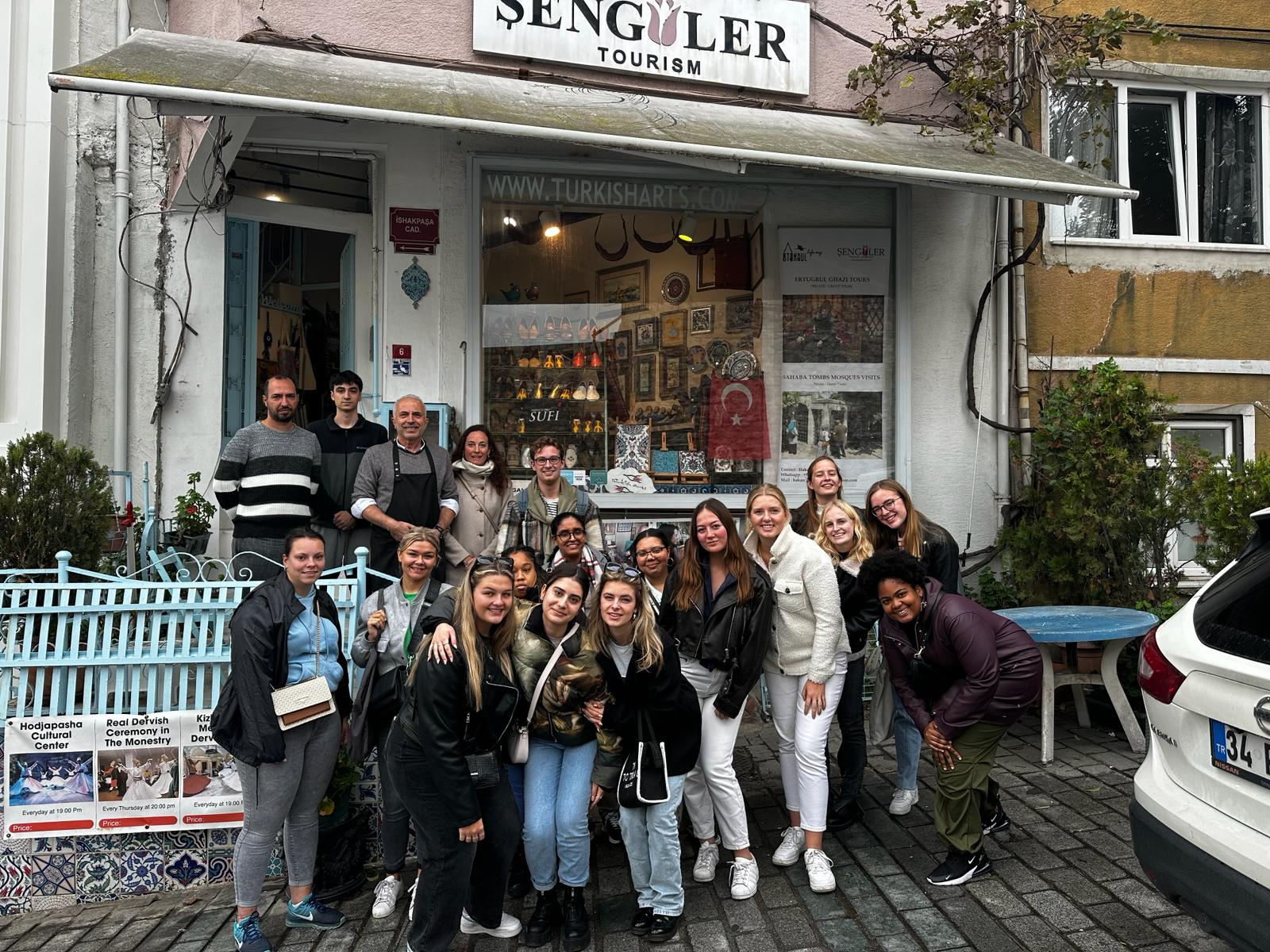
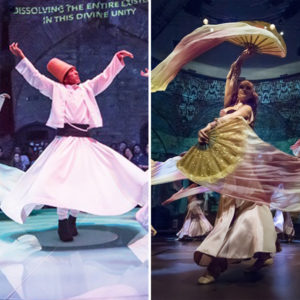
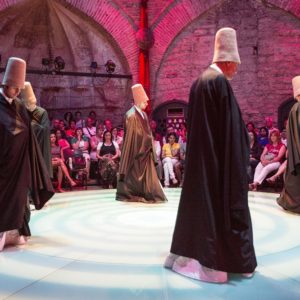
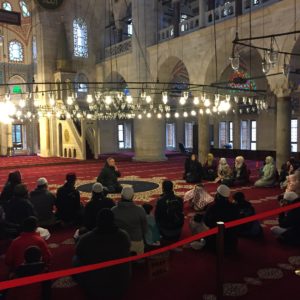
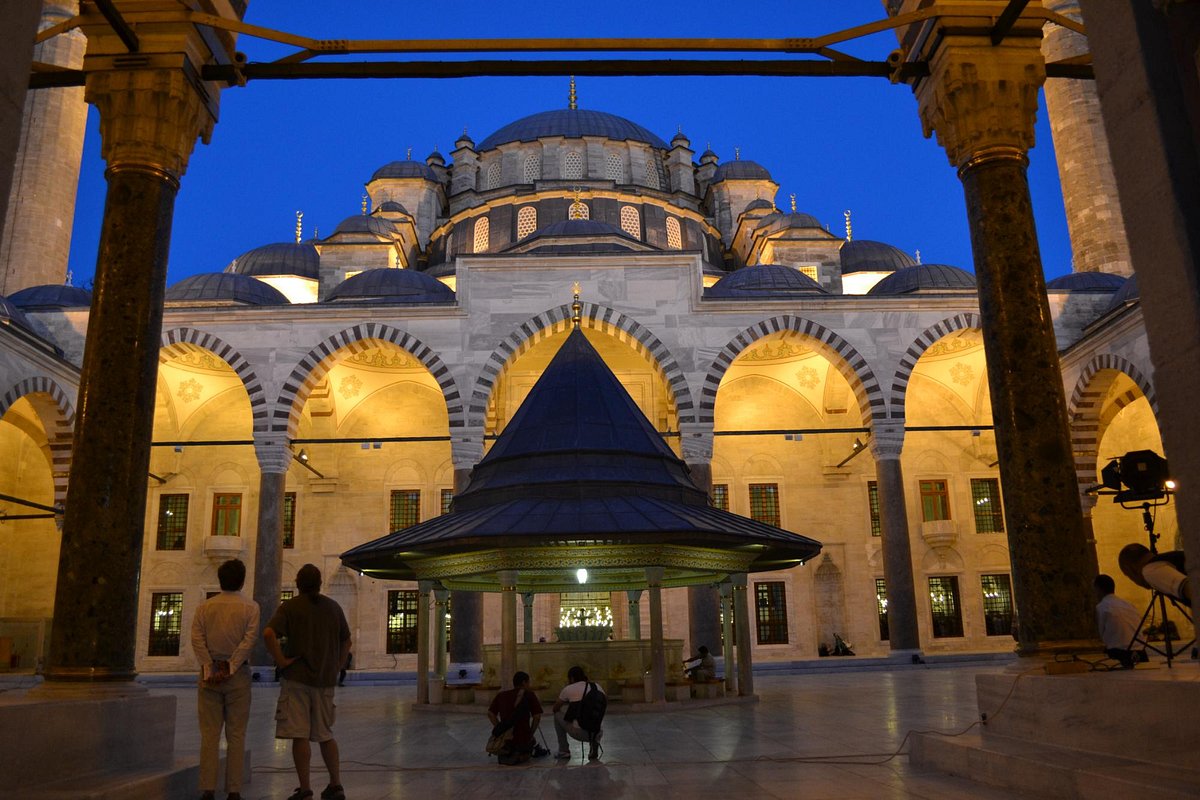
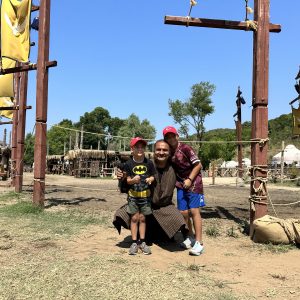
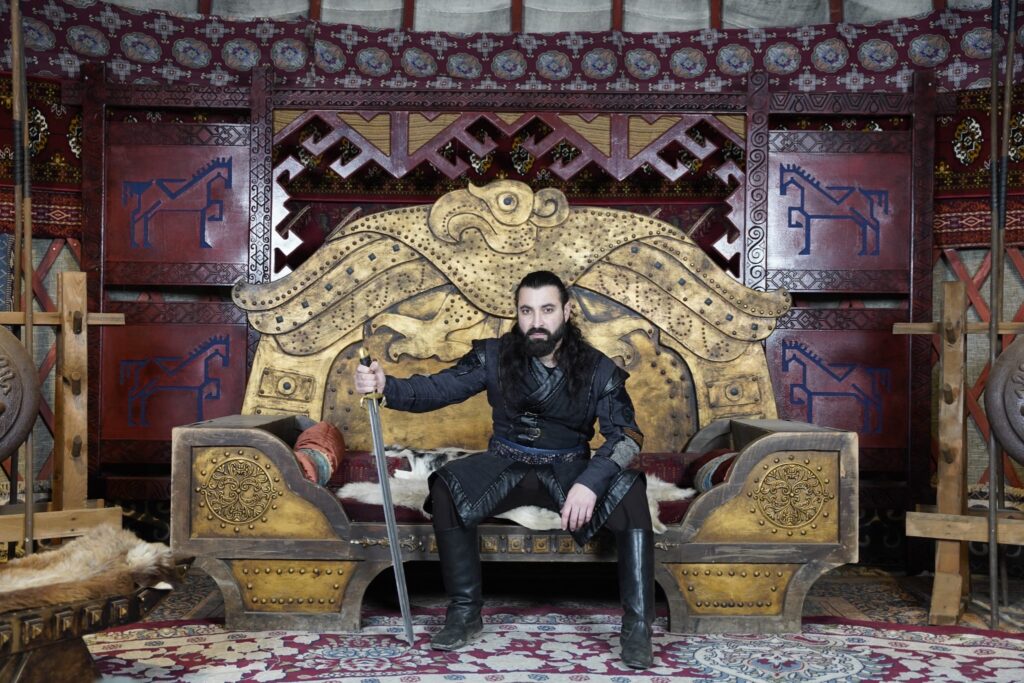
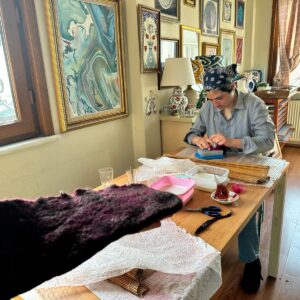

Reviews
There are no reviews yet.